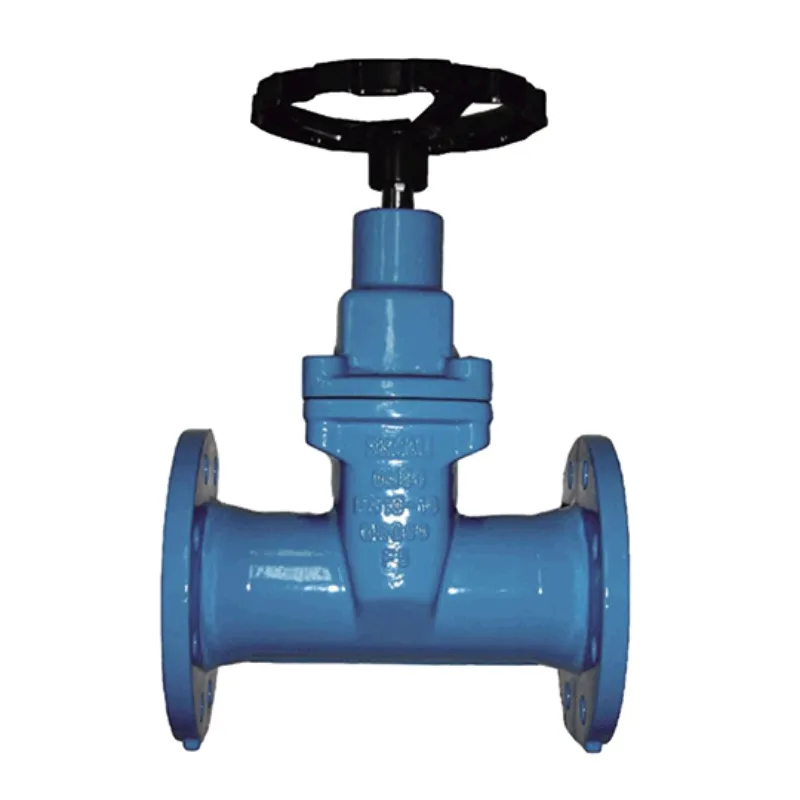ਦਸੰ. . 05, 2024 14:39 Back to list
Features and Benefits of Unidirectional Knife Gate Valves in Industrial Applications
Understanding Unidirectional Knife Gate Valves
Unidirectional knife gate valves are an essential component in various industrial applications, particularly where the flow of thick fluids, waste, or slurries is involved. These valves are designed to control the flow of materials in a pipeline, ensuring that operations run smoothly and efficiently. In this article, we will delve into the features, benefits, and applications of unidirectional knife gate valves, highlighting their importance in modern engineering.
What is a Unidirectional Knife Gate Valve?
A unidirectional knife gate valve is a type of valve that uses a sharp-edged gate to cut through the medium, allowing for efficient on-off control of fluid flow. Unlike traditional valves, which may use a spherical or cylindrical closure mechanism, the knife gate design is particularly suited for handling difficult-to-move materials. The blade-like gate slides down through the seat, effectively isolating the process flow in one direction. This unidirectional flow is ideal for applications where backflow could lead to contamination or mechanical failure.
Key Features
1. Design and Construction Unidirectional knife gate valves are typically constructed from durable materials such as stainless steel, cast iron, or other alloys, tailored to withstand harsh environments. The streamlined design minimizes pressure loss and turbulence, allowing for smooth operations.
2. Sealing Mechanism These valves often feature robust sealing mechanisms that ensure a tight shut-off. The gate is designed to create a solid barrier, significantly reducing leakage when closed, which is crucial for applications dealing with hazardous or expensive fluids.
3. Actuation Options Unidirectional knife gate valves can be operated manually or automatically. Automated systems can be integrated with remote control or sensor technology, allowing for real-time monitoring and precise flow control.
4. Versatility These valves are available in various sizes and configurations, making them suitable for a wide range of applications, from water treatment facilities to mining operations.
Benefits of Unidirectional Knife Gate Valves
vnidirectional knife gate valve

1. Efficiency The knife-like design allows for quick actuation and reliable operation, minimizing downtime in industrial processes.
2. Maintenance Knife gate valves are easy to maintain because of their straightforward design. Regular inspection and minor adjustments can keep them performing optimally without significant investment in time or resources.
3. Cost-Effectiveness These valves provide a long-term solution for managing fluid flow, with a low total cost of ownership due to their durability and reliability.
4. Safety The robust design minimizes the risk of leakage, which is particularly vital in operations involving hazardous materials. By controlling flow direction, they help prevent accidents and maintain environmental safety standards.
Applications
Unidirectional knife gate valves are used in various industries, including
- Water and Wastewater Treatment Used for controlling the flow of sludge and wastewater. - Mining and Mineral Processing Effective in handling slurries and thick solids. - Pulp and Paper Industry Useful in controlling the flow of pulpy materials. - Chemical Processing Ideal for isolating aggressive chemicals and preventing backflow contamination.
Conclusion
Unidirectional knife gate valves are indispensable tools in many industrial applications. Their unique design offers numerous benefits, from efficiency and reliability to safety and cost-effectiveness. As industries continue to evolve, the demand for effective flow control solutions remains high, making unidirectional knife gate valves a crucial element in modern engineering. Understanding their features and applications can help professionals select the right valve for their operational needs, enhancing productivity and safety throughout their processes.
Share
-
Advanced Technology in Wire and Cable FactoryNewsAug.19,2025
-
Applications of Ball Check Valve in Water Treatment PlantsNewsAug.19,2025
-
How Osy Gate Valve Ensures Leak - Tight SealingNewsAug.19,2025
-
Selection Criteria for Wafer Type Butterfly ValveNewsAug.19,2025
-
Threaded Ball Valve Pressure RatingsNewsAug.19,2025
-
Y Strainer PN16 Cost - Effectiveness AnalysisNewsAug.19,2025


